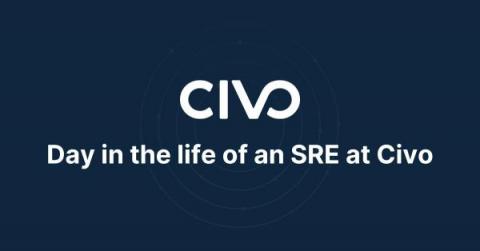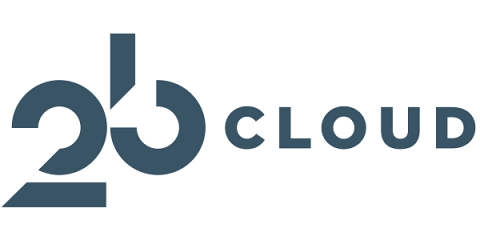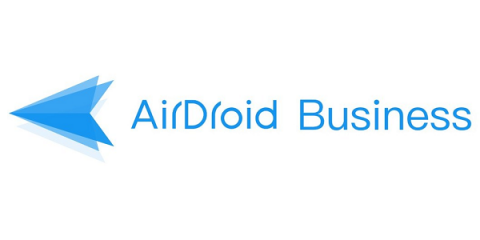Apache Kafka service design for low latency and no data loss
Designing a production service environment around Apache Kafka that delivers low latency and zero-data loss at scale is non-trivial. Indeed, it’s the holy grail of messaging systems. In this blog post, I’ll outline some of the fundamental service design considerations that you’ll need to take into account in order to get your service architecture to measure up. Let’s start with the basics.











